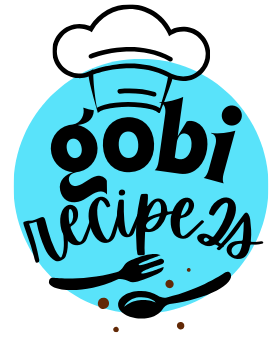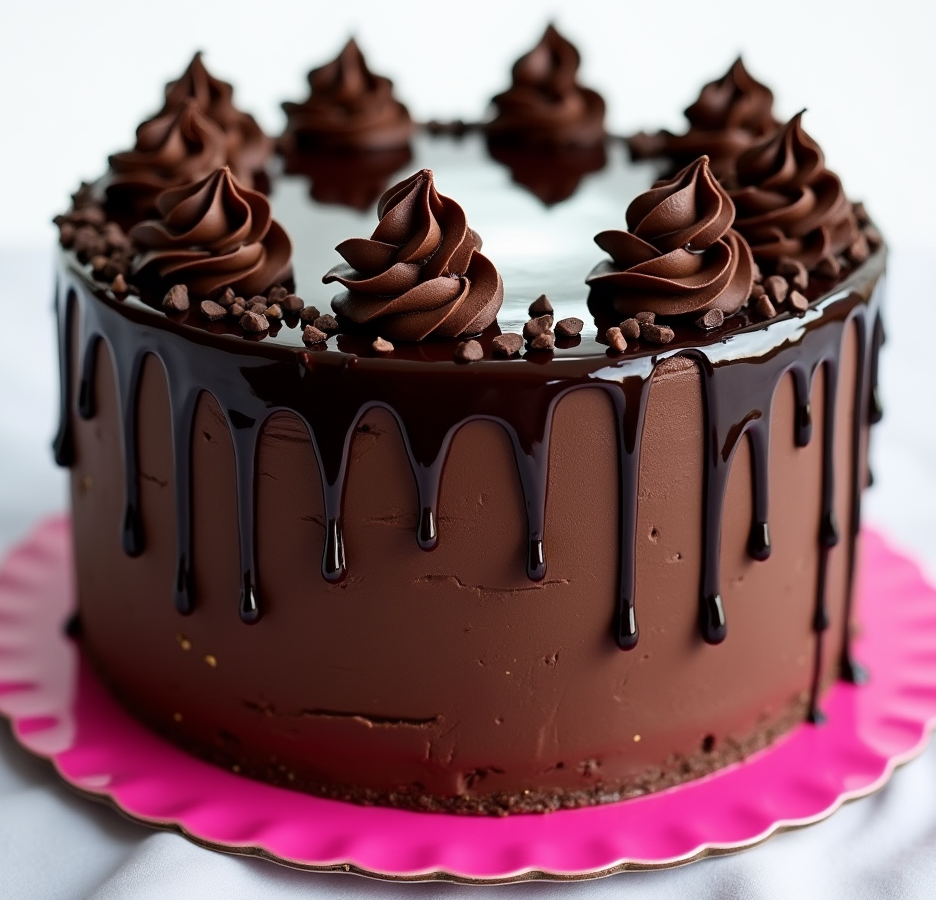Chocolate cakes have long been a favorite dessert for countless people worldwide. Their rich flavor, moist texture, and ability to accommodate various toppings make them a versatile treat for all occasions. Whether served at a birthday party or enjoyed as an afternoon indulgence, chocolate cakes hold a universal appeal. In this article, we’ll dive deep into everything you need to know about these delectable treats—from their ingredients to baking tips—ensuring you can create the perfect chocolate cake every time. By understanding the intricacies of chocolate cakes, you’ll be better equipped to master this iconic dessert.
As we move forward, you’ll discover the essentials of chocolate cakes, the steps to bake them, and even how to troubleshoot common mistakes. Let’s get started!
Ingredients in Chocolate Cakes
Every great chocolate cake begins with high-quality ingredients. The key components work together to create the flavor and texture that make this dessert so beloved. Below are the essential ingredients used in most chocolate cake recipes:
- Flour: Provides the structural base for the cake. All-purpose flour is commonly used.
- Sugar: Adds sweetness and aids in moisture retention.
- Cocoa Powder: The star ingredient that gives the cake its rich chocolate flavor.
- Eggs: Act as a binding agent and contribute to the cake’s structure.
- Butter or Oil: Adds fat, ensuring a moist and tender crumb.
- Milk or Buttermilk: Enhances the cake’s flavor and helps maintain softness.
- Baking Powder or Baking Soda: Helps the cake rise, making it light and fluffy.
- Vanilla Extract: Adds depth to the flavor profile.
The quality of these ingredients plays a significant role in determining the outcome of your chocolate cake. Always opt for fresh, premium options to achieve the best results.
Types of Chocolate Cakes
There is no one-size-fits-all when it comes to chocolate cakes. Different types cater to various tastes, preferences, and occasions. Below, we explore some popular varieties:
- Classic Chocolate Cake: A timeless favorite, known for its simple yet rich flavor.
- Devil’s Food Cake: Darker and richer than its classic counterpart, thanks to extra cocoa and a higher fat content.
- Chocolate Fudge Cake: Dense and indulgent, often paired with thick fudge frosting.
- Molten Lava Cake: Features a gooey chocolate center, making it a hit among dessert lovers.
- Black Forest Cake: Combines chocolate layers with cherries and whipped cream for a delightful twist.
- Flourless Chocolate Cake: Ideal for those seeking a gluten-free option, offering intense chocolate flavor.
- Vegan Chocolate Cake: Made without dairy or eggs, yet equally moist and flavorful.
Understanding the different types of chocolate cakes allows you to select the perfect one for your next celebration or craving.
Baking Essentials for Chocolate Cakes
Before you begin baking a chocolate cake, it’s important to have the right tools and equipment on hand. These essentials ensure your process is smooth and your results consistent:
- Mixing Bowls: Multiple bowls of varying sizes are crucial for combining ingredients.
- Measuring Tools: Use measuring cups and spoons for accurate ingredient proportions.
- Whisk and Spatula: These tools help mix ingredients without overworking the batter.
- Electric Mixer: While optional, it makes mixing faster and easier.
- Cake Pans: Choose the right size and shape based on your recipe.
- Parchment Paper: Prevents sticking and ensures easy removal from the pan.
- Oven Thermometer: Ensures your oven is at the correct temperature for even baking.
With these items ready, you’ll be prepared to create a flawless chocolate cake from scratch.
Step-by-Step Guide to Baking a Chocolate Cake
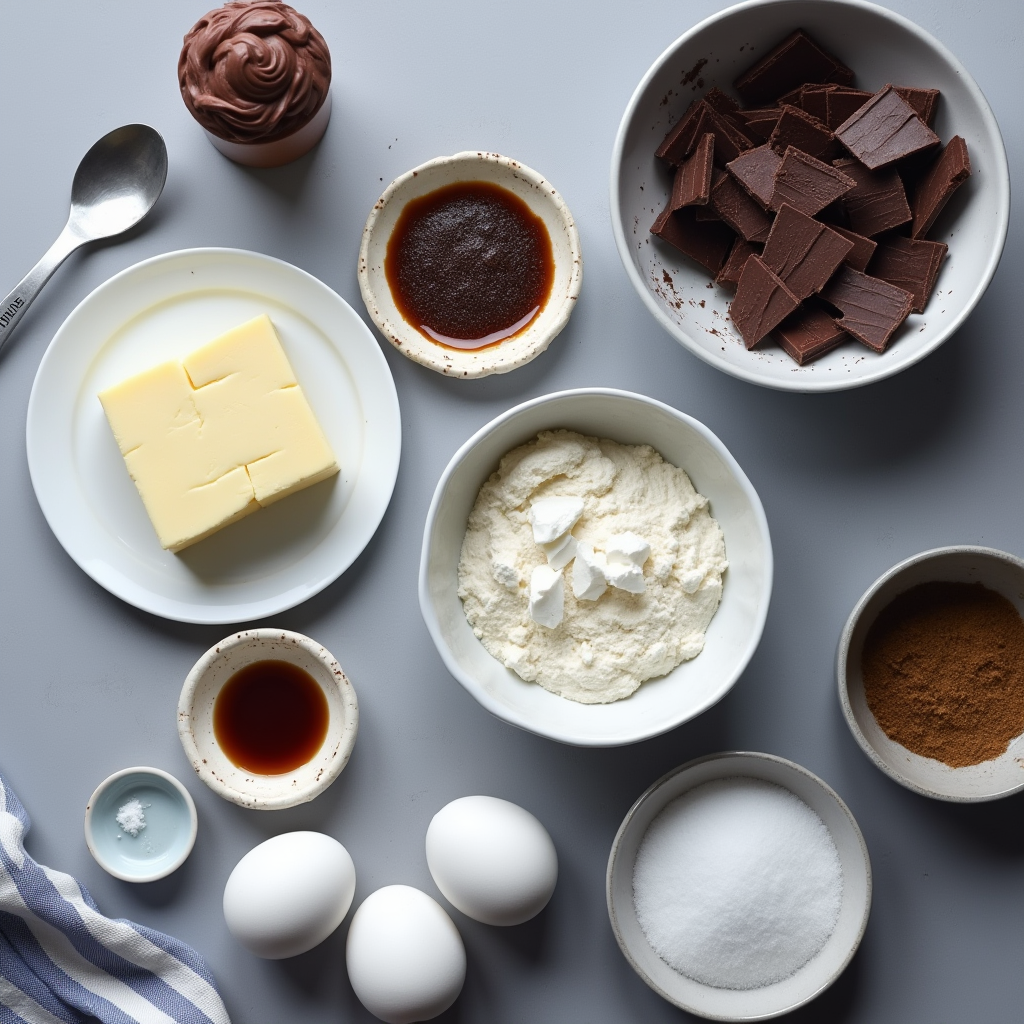
Baking a chocolate cake can be simple if you follow these straightforward steps:
- Preheat Your Oven: Set your oven to the specified temperature to ensure even cooking.
- Prepare Your Pans: Grease the pans and line them with parchment paper.
- Mix Dry Ingredients: In a bowl, whisk together flour, cocoa powder, baking powder, and salt.
- Cream Butter and Sugar: Beat butter and sugar until light and fluffy to create a moist cake base.
- Incorporate Eggs and Vanilla: Gradually add eggs and vanilla extract, mixing well.
- Combine Wet and Dry Mixtures: Alternate adding the dry ingredients and milk to the batter.
- Pour into Pans: Divide the batter evenly among the prepared pans.
- Bake: Place the pans in the oven and bake until a toothpick inserted into the center comes out clean.
- Cool: Allow the cakes to cool completely before frosting.
By following these steps, you’ll achieve a perfectly baked chocolate cake every time.
Common Mistakes in Baking Chocolate Cakes
Even experienced bakers can encounter challenges when making chocolate cakes. Avoid these common pitfalls:
- Overmixing the Batter: Leads to a dense and tough texture.
- Incorrect Oven Temperature: Baking at the wrong temperature can cause uneven cooking.
- Using Old Ingredients: Expired baking powder or stale cocoa powder affects flavor and rise.
- Skipping Parchment Paper: Makes it harder to remove the cake from the pan.
- Underbaking: Results in a soggy center.
- Overbaking: Leads to a dry, crumbly cake.
By addressing these issues, you can prevent disappointing results and enjoy a flawless chocolate cake.
Decorating Chocolate Cakes
Decorating is the final step that elevates a chocolate cake from simple to stunning. Here are some techniques to consider:
- Frosting: Use buttercream, ganache, or whipped cream for a polished finish.
- Piping: Add intricate designs using a piping bag and different tips.
- Toppings: Incorporate sprinkles, chocolate shavings, or fresh fruit for added texture.
- Drips: Pour a glossy chocolate ganache over the edges for a dramatic effect.
- Layering: Stack multiple layers with frosting in between for height and sophistication.
With these ideas, your chocolate cakes will not only taste amazing but also look bakery-worthy.
The Ultimate Guide to Chocolate Cakes (Continued)
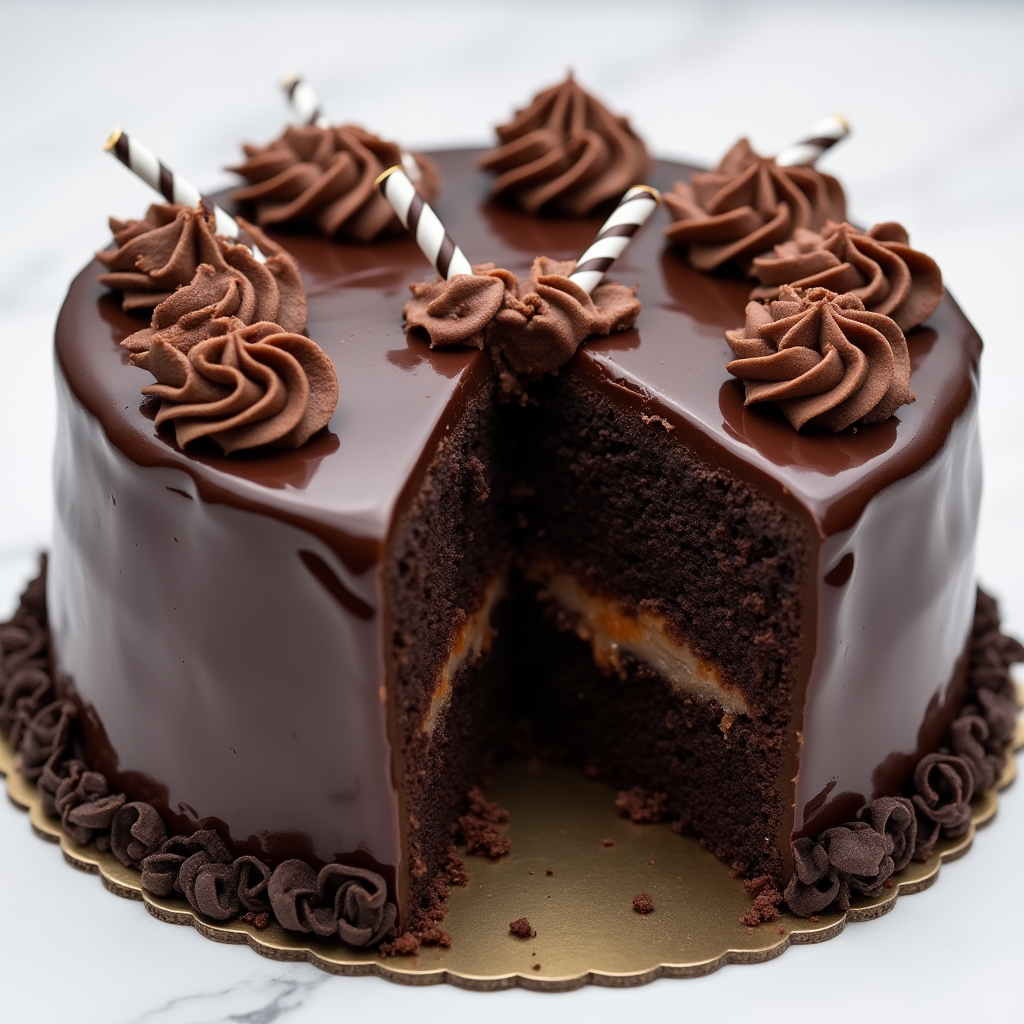
Healthier Variations of Chocolate Cakes
For those seeking indulgence without guilt, healthier variations of chocolate cakes offer the perfect solution. These alternatives focus on reducing sugar, fat, and calories while retaining flavor and texture. Here are some popular options:
- Whole Wheat Chocolate Cake: Replaces all-purpose flour with whole wheat for added fiber and nutrients.
- Sugar-Free Chocolate Cake: Uses natural sweeteners like stevia or erythritol instead of sugar.
- Vegan Chocolate Cake: Made without dairy or eggs, often incorporating applesauce or flaxseed as substitutes.
- Gluten-Free Chocolate Cake: Uses almond flour or coconut flour to cater to those with gluten sensitivities.
- Low-Fat Chocolate Cake: Reduces fat content by using yogurt or mashed bananas in place of butter.
Experimenting with these options allows you to enjoy chocolate cakes that align with specific dietary preferences or restrictions while still delivering delicious results.
Pairing Chocolate Cakes with Other Flavors
The versatility of chocolate cakes makes them an excellent base for experimenting with complementary flavors. Adding unique elements can elevate their taste and create memorable combinations. Here are some popular pairings:
- Fruits: Strawberries, raspberries, and oranges add a refreshing tang that contrasts beautifully with rich chocolate.
- Nuts: Walnuts, almonds, and hazelnuts offer a satisfying crunch and earthy undertones.
- Spices: Cinnamon, chili, or cardamom enhance the complexity of the cake’s flavor profile.
- Coffee: A touch of espresso intensifies the chocolate’s richness.
- Liquor: Rum, brandy, or Irish cream adds sophistication and depth.
Experiment with these flavors to customize your chocolate cakes and surprise your taste buds with delightful new combinations.
Chocolate Cake Recipes from Around the World
Every culture has its unique take on chocolate cakes, showcasing diverse ingredients and techniques. Here’s a glimpse into how different regions celebrate this beloved dessert:
- Sachertorte (Austria): A dense chocolate sponge layered with apricot jam and coated with dark chocolate glaze.
- Torta Caprese (Italy): A flourless almond and chocolate cake, known for its fudgy texture.
- Mexican Chocolate Cake: Features a hint of cinnamon and chili for a spicy twist.
- Lamingtons (Australia): Chocolate-dipped sponge cubes coated in coconut shavings.
- Chiffon Cake (Japan): Light and airy, often paired with whipped cream and fruits.
Exploring international chocolate cake recipes not only broadens your culinary horizons but also introduces you to unique flavor profiles.
Storing and Preserving Chocolate Cakes
Proper storage ensures your chocolate cakes remain fresh and delicious for as long as possible. Follow these tips to preserve their quality:
- Refrigeration: Store cakes with perishable frosting, like cream cheese or whipped cream, in an airtight container in the fridge for up to five days.
- Freezing: Wrap the cake tightly in plastic wrap, followed by aluminum foil, and freeze for up to three months. Thaw overnight in the refrigerator before serving.
- Room Temperature: For cakes without dairy-based frosting, store in a covered container in a cool, dry place for up to three days.
- Individual Slices: Wrap slices separately for convenient portions.
By using these storage methods, your chocolate cakes will stay moist and flavorful, ready to enjoy at any time.
Serving Chocolate Cakes
How you serve a chocolate cake can significantly impact its presentation and enjoyment. Here are some tips to make your serving experience seamless:
- Portioning: Use a sharp knife dipped in hot water for clean slices.
- Plating: Add a drizzle of chocolate sauce, a dollop of whipped cream, or fresh berries for an elegant touch.
- Temperature: Serve at room temperature to enhance the flavors and texture of the cake.
- Pairing: Offer beverages like coffee, milk, or dessert wine to complement the richness of the cake.
Attention to these details ensures that your chocolate cake not only tastes delicious but also looks stunning on the plate.
Frequently Asked Questions (FAQs)
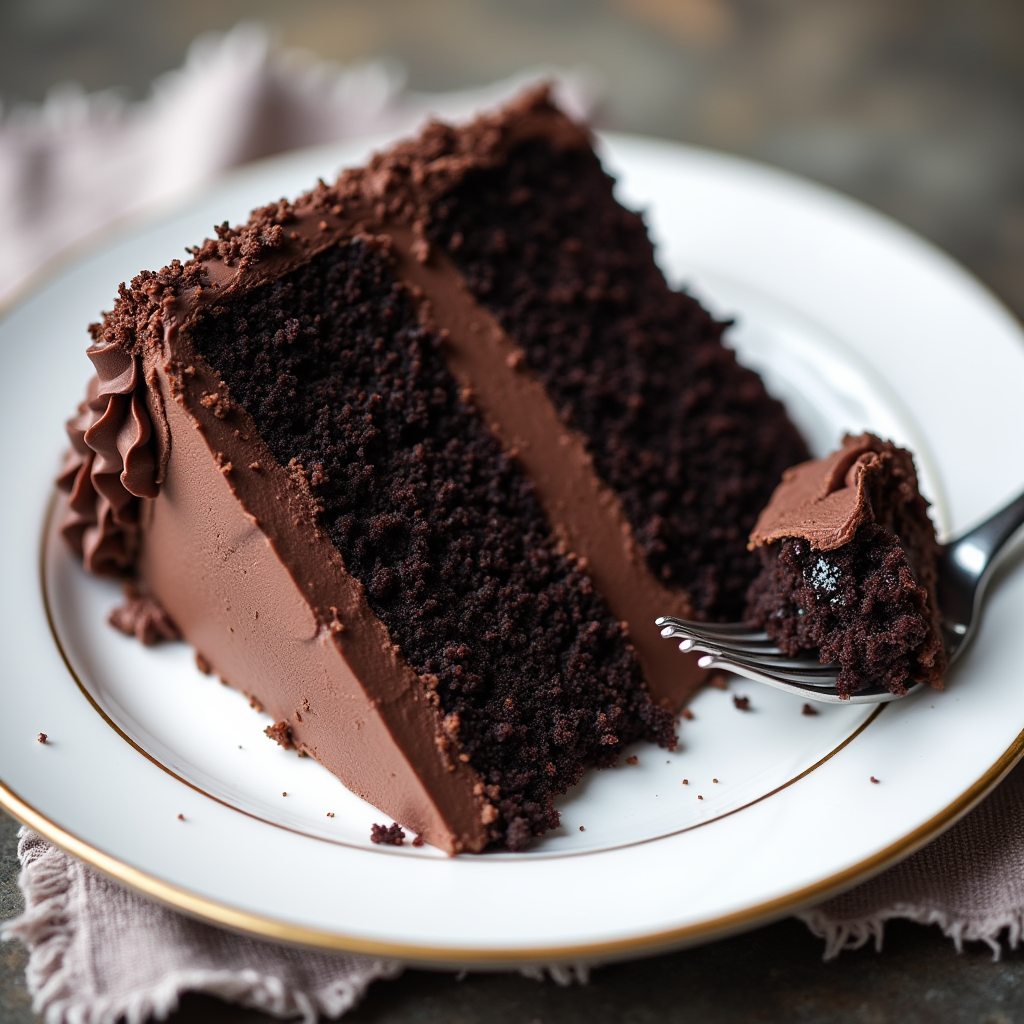
What is a classic chocolate cake?
A classic chocolate cake is a timeless dessert made with simple, essential ingredients like flour, sugar, cocoa powder, eggs, and butter. Typically, it features a soft, moist crumb and a rich chocolate flavor. While variations exist, the traditional version often includes a chocolate frosting or ganache. Moreover, this cake is beloved for its simplicity, making it a staple at celebrations and gatherings.
What is the best chocolate cake?
The best chocolate cake balances flavor, texture, and moisture while suiting individual preferences. Generally, a cake with high-quality cocoa powder, a light yet rich crumb, and a creamy frosting stands out. For some, a dense chocolate fudge cake might be ideal, while others may prefer the airy texture of a chiffon cake. Ultimately, the best cake is the one that satisfies your taste and makes you reach for another slice.
What does a perfect chocolate cake taste like?
A perfect chocolate cake delivers a harmonious blend of sweetness, richness, and subtle bitterness from the cocoa. Each bite melts in your mouth, leaving a lingering, velvety chocolate flavor. Additionally, the texture should be moist and tender, complementing the frosting or ganache for a luxurious taste experience. Without a doubt, a perfect cake leaves you craving more.
How many calories are in a chocolate cake?
The calorie content of a chocolate cake varies depending on the recipe, portion size, and type of frosting used. On average, a single slice (about 1/12 of a standard 9-inch cake) contains 300 to 500 calories. If you add rich frosting or extra toppings, the calorie count increases further. To enjoy chocolate cake responsibly, it’s helpful to check the specific recipe or label for detailed nutritional information.
Conclusion
Chocolate cakes are a timeless dessert that can be enjoyed in countless variations, paired with diverse flavors, and customized for different preferences. Whether you’re making a classic recipe or trying an international twist, the key to success lies in using quality ingredients and following proper techniques. By mastering the tips and ideas shared in this guide, you can create delectable chocolate cakes that impress every time. Happy baking!
